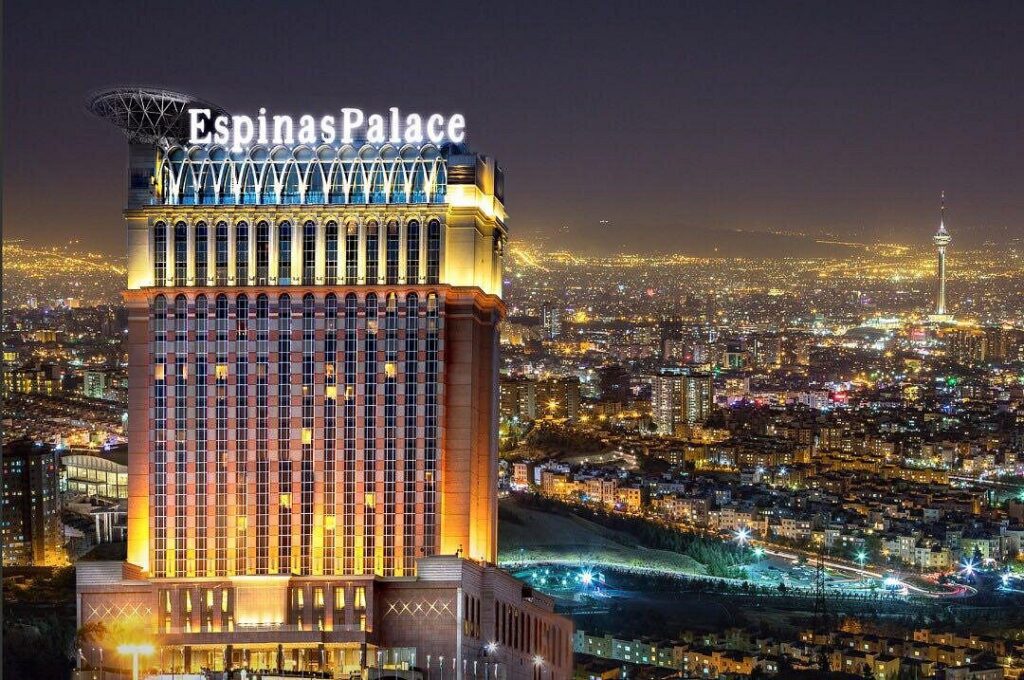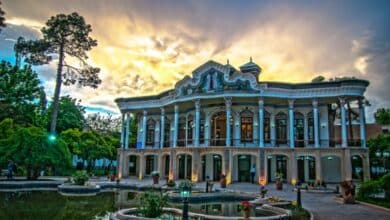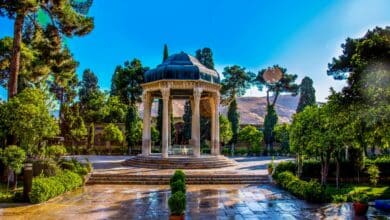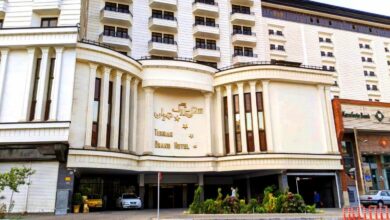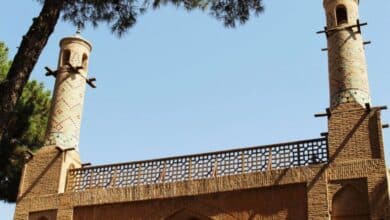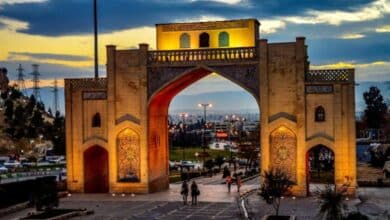Glassware and Ceramic Museum of Iran: A Sparkling Collection
Explore Centuries of Craftsmanship in One of the World's Most Renowned Collections
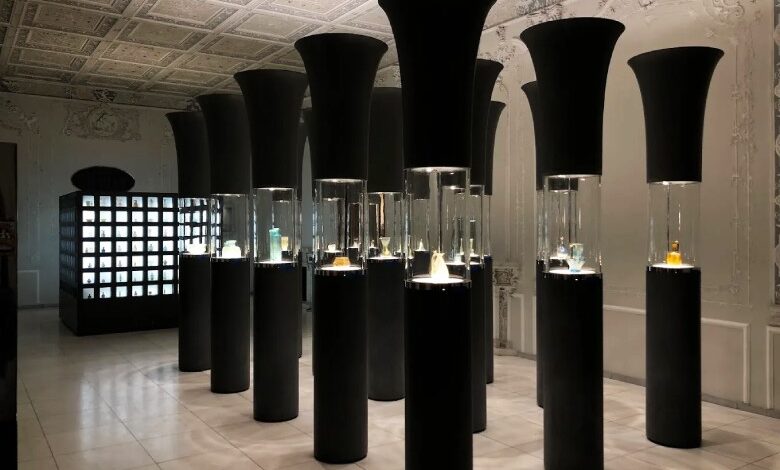
As a visitor to Tehran, you are likely familiar with Si-e Tir Street. This thoroughfare offers a nostalgic and memorable ambiance that is particularly enjoyable for solitary strolls. Located near notable attractions such as National Park Sardar-e Bagh, the Museum of Science and Technology, and Petros Church, it is also home to one of Tehran’s historic museums, the Glassware and Ceramic Museum of Iran Museum (Abgineh Museum).
Contents
Introducing Glassware and Ceramic Museum of Iran
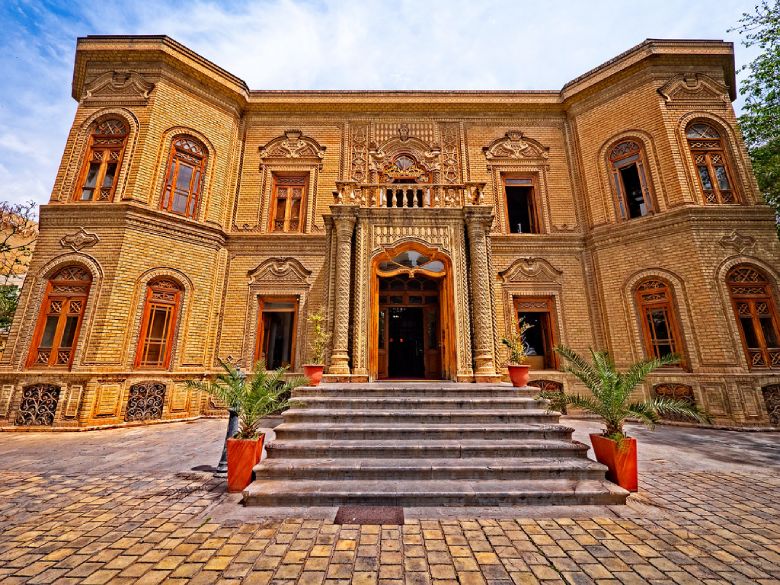
In the year 1291 AD, under the directive of Ahmad Qawam, known as Qawam al-Sultaneh, an exquisite and grand mansion was constructed within a Qajar garden. This structure would later become a repository of glass and terracotta artifacts from various cultural eras of Iran. The architect responsible for this edifice was Ostad (master) Ali Mohammad Memarbashi, who designed it to serve both as an office and a residence. Qawam resided in this location for thirty years, until the year 1330.
Following the passing of Qawam al-Saltaneh, his son transferred ownership of the residence to the Egyptian embassy. Concurrently, the diplomatic relations between Iran and Egypt experienced significant strain, resulting in the Qawam house being managed by the Egyptian embassy for duration of seven years. Subsequently, the property served as the site for the Afghan Embassy and the Commercial Bank. Ultimately, in the 1950s, the house was acquired by the office of Farah Pahlavi, who designated it as a museum and entrusted it to the former Ministry of Culture and Art for the establishment of the Glassware and Ceramic Museum.
The construction of the Qawam’s Glassware and Ceramic Museum commenced in 1355. The responsibility for the museum’s design was assigned to Iranian engineers, while the renowned Austrian architect and engineer Hans Hollein was tasked with creating the showcases and the interior architecture. Hans drew inspiration from significant historical Iranian structures, including the columns of Persepolis, the arches of the Safavid era, and the Zoroastrian Ka’aba.
Although the showcases and overall ambiance of the museum reflect a modern aesthetic, this contemporary design complements rather than detracts from the traditional character of the building. Today, this museum is regarded as one of the most captivating cultural institutions in the capital.
Glassware And Ceramic Museum’s Halls
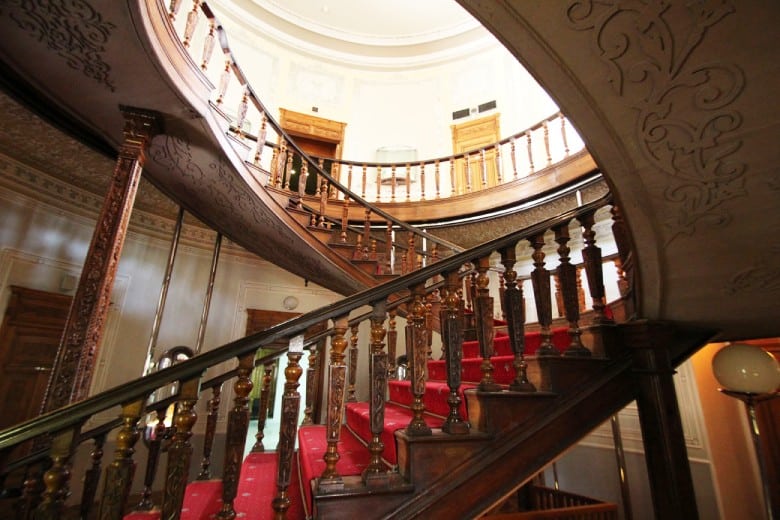
Glassware and Ceramic Museum consists of different departments and halls. Each of the halls of this museum contains different works and related to different eras.
Oyster Hall
The designation of the oyster hall derives from its resemblance to a partially opened oyster. This hall showcases glass artifacts from the middle Islamic period, in addition to a variety of pottery from the third and fourth centuries, originating from the city of Neyshabur.
Golden Hall
Hall Four is referred to as the “Golden Hall” due to its exhibition of gold dishes from the Seljuk period. Within this hall, visitors can observe dishes adorned with inscriptions (Naskh).
Crystal Hall
Features a collection of glass artifacts originating from the first millennium BC, encompassing the Achaemenid, Sassanid, and early Islamic eras, displayed in Crystal Hall. These artifacts are arranged chronologically to illustrate the progression and transformation of glass production within the Iranian industry.
Lazord Hall
Hall Five, designated as “Lazord Hall,” features artworks and glazes in a striking turquoise hue. These pieces date back to the 7th and 8th centuries, corresponding to the patriarchal period.
Different Sections of Museum
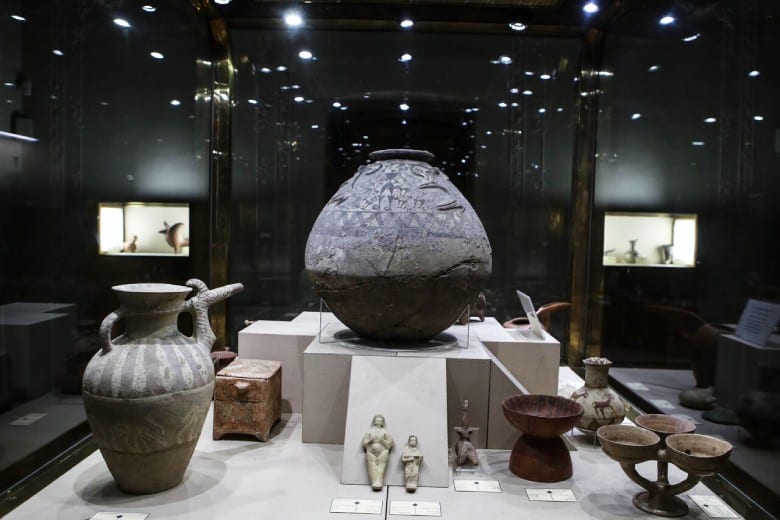
The Abgineh Museum (Glassware and Ceramic Museum) features two levels and six exhibition halls, each dedicated to showcasing various aspects of the history of glass and pottery in Iran. This collection includes exceptional examples of Iranian glass and ceramics, ranging from clay vessels that date back to the 4th millennium BC to glass artifacts from the 1st millennium BC.
First Floor
The hallway on the first floor showcases clay pottery artifacts from the first millennium, alongside glass creations produced in various European nations during the 18th and 19th centuries.
Some of the artworks you can see in this class include: Ceramic Ware, Ceramic Jar, Zoomographic Vessel, Earthernware Figurine.
Also Crystal hall, mina hall, audio visual hall are located in first floor.
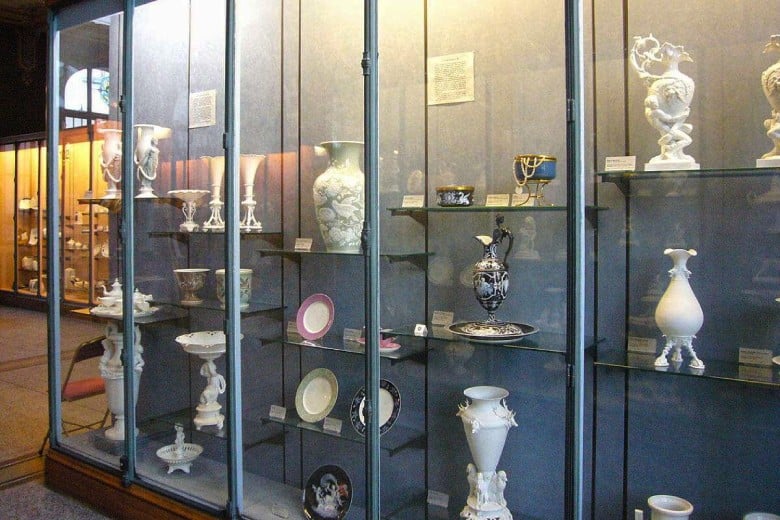
Second Floor
The second floor of the Abgineh Museum comprises various sections, including the Corridor, Halls of Oyster hall, Zarin Fam, and Lazord hall.
Within the corridor on this level, visitors can view an array of glass and pottery artifacts from the Islamic period, alongside works by contemporary artists.
Glassware and Ceramic Museum’s Address and Other Information
- Si-e Tir street, Jomhouri street, Tehran, Iran.
- Visiting hours: spring and summer: 9 – 19
- Autumn and winter: 9 – 16:30
- Phone number: 66708153-021
- Photography and videography is allowed
- Smoking is forbidden
- There is a fee to enter the museum
Book Iran Flights
Buy Iran flight tickets at the lowest price
Explore Iran’s culture and history with affordable and reliable flight tickets.
Final Words
The Glassware and Ceramic Museum of Iran, also known as the Abgineh Museum, is a fascinating destination in Tehran.
The museum features a remarkable assortment of glass and ceramic artifacts, with some originating from the 2nd millennium BC. Visitors can explore items from diverse regions, including Neishabour, Kashan, and Rey.
While traveling in Iran, it is essential to include a visit to the Glassware and Ceramic Museum (Abgineh Museum) located in Tehran. This site was formerly the private residence of Prime Minister Ahmad Qawam until 1951 and subsequently served as the Embassy of Egypt. Currently, the museum displays more than 1,000 artistic works that range from prehistoric eras to contemporary times.
Glassware and Ceramic Museum FAQ
What does the Abgineh Museum exhibit?
The exhibits at the museum are thoughtfully arranged, providing insight into the development of glass and ceramics from ancient times to contemporary periods.
How is the architecture of the museum?
The structure is a remarkable work of art, showcasing characteristics from the Qajar period alongside influences from Russian architecture.
Where is the Abgineh Museum located?
Located at 30-e Tir Street, this museum occupies a stunning historical structure that was formerly owned by Ahmad Qawam, who served as Prime Minister during the Qajar period.
